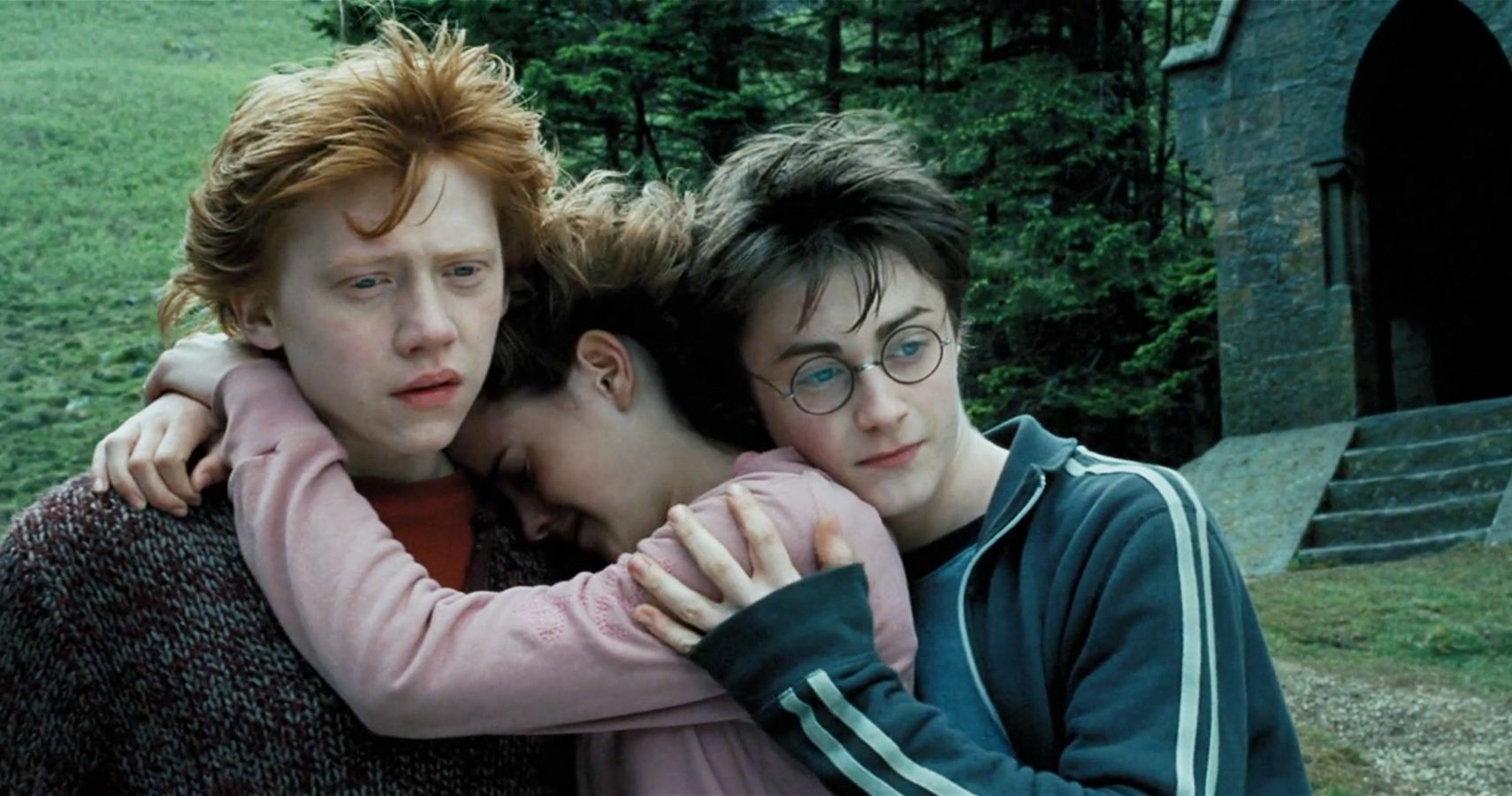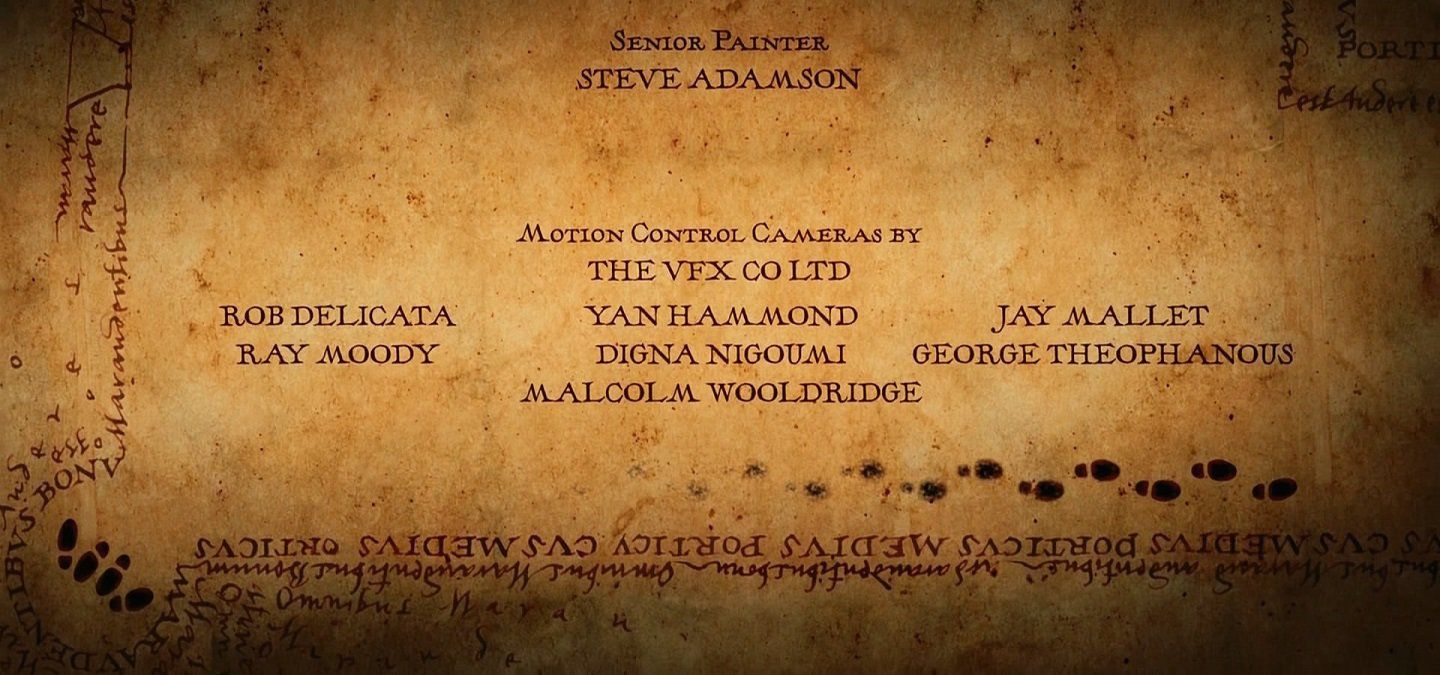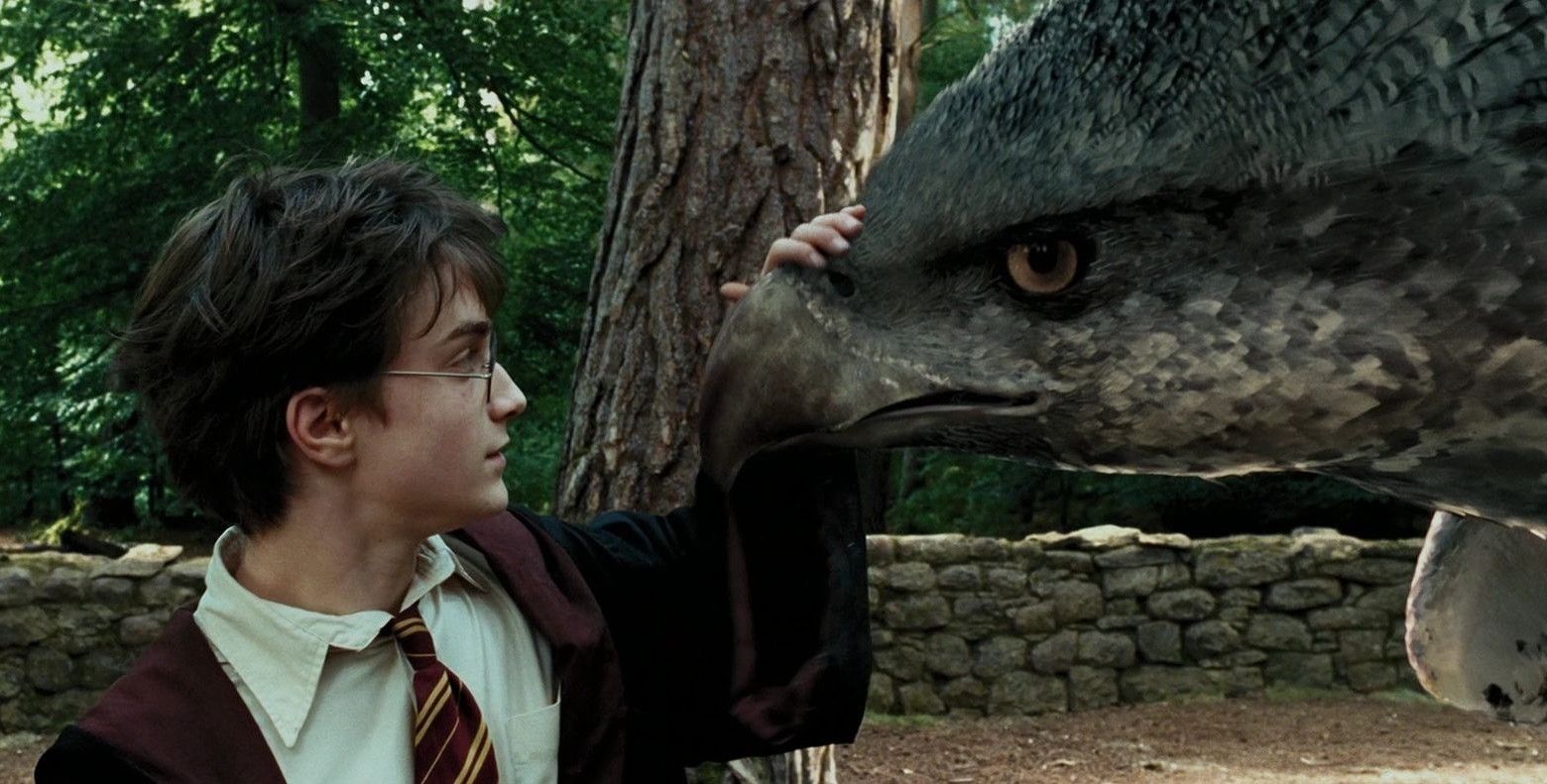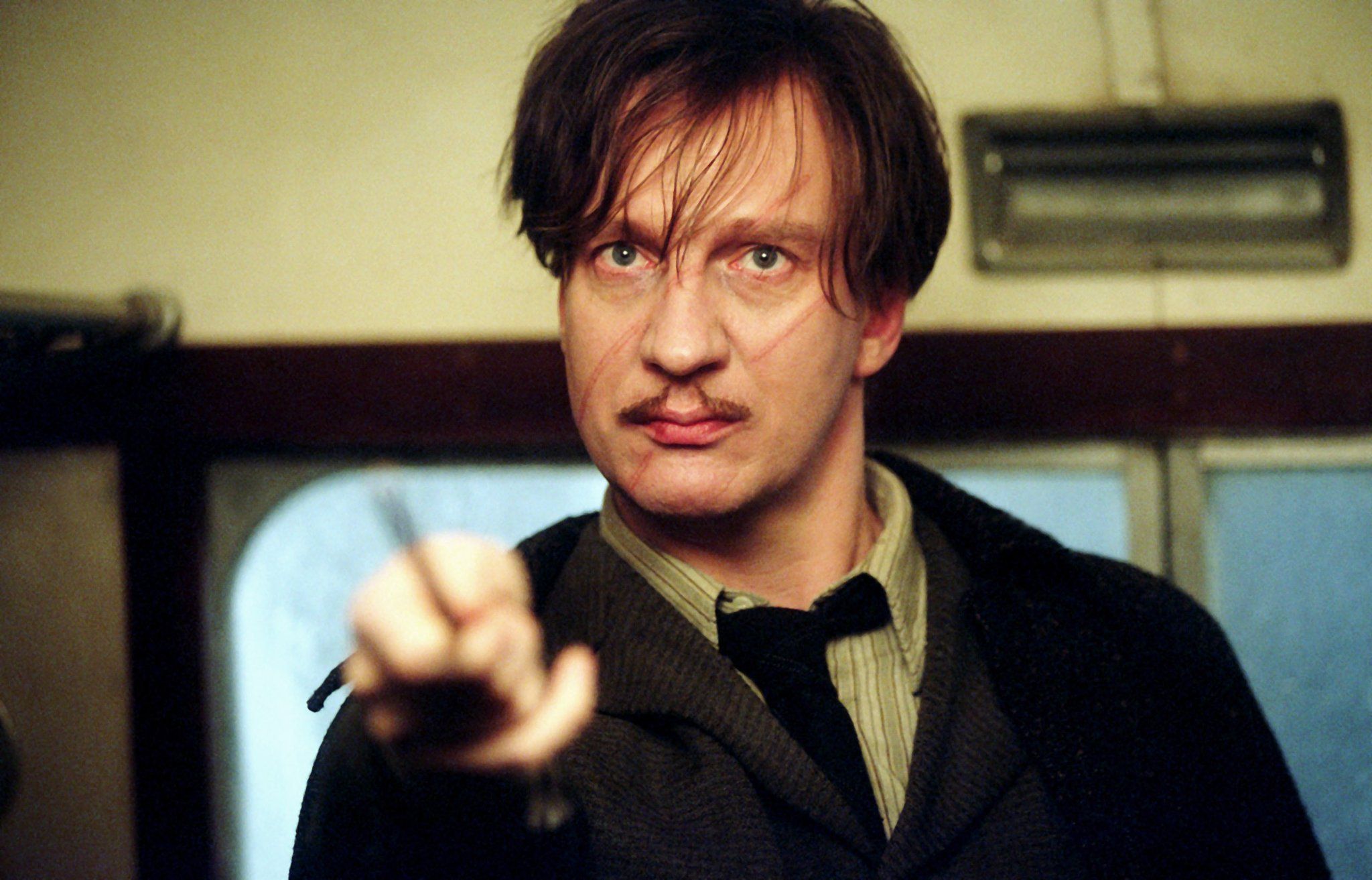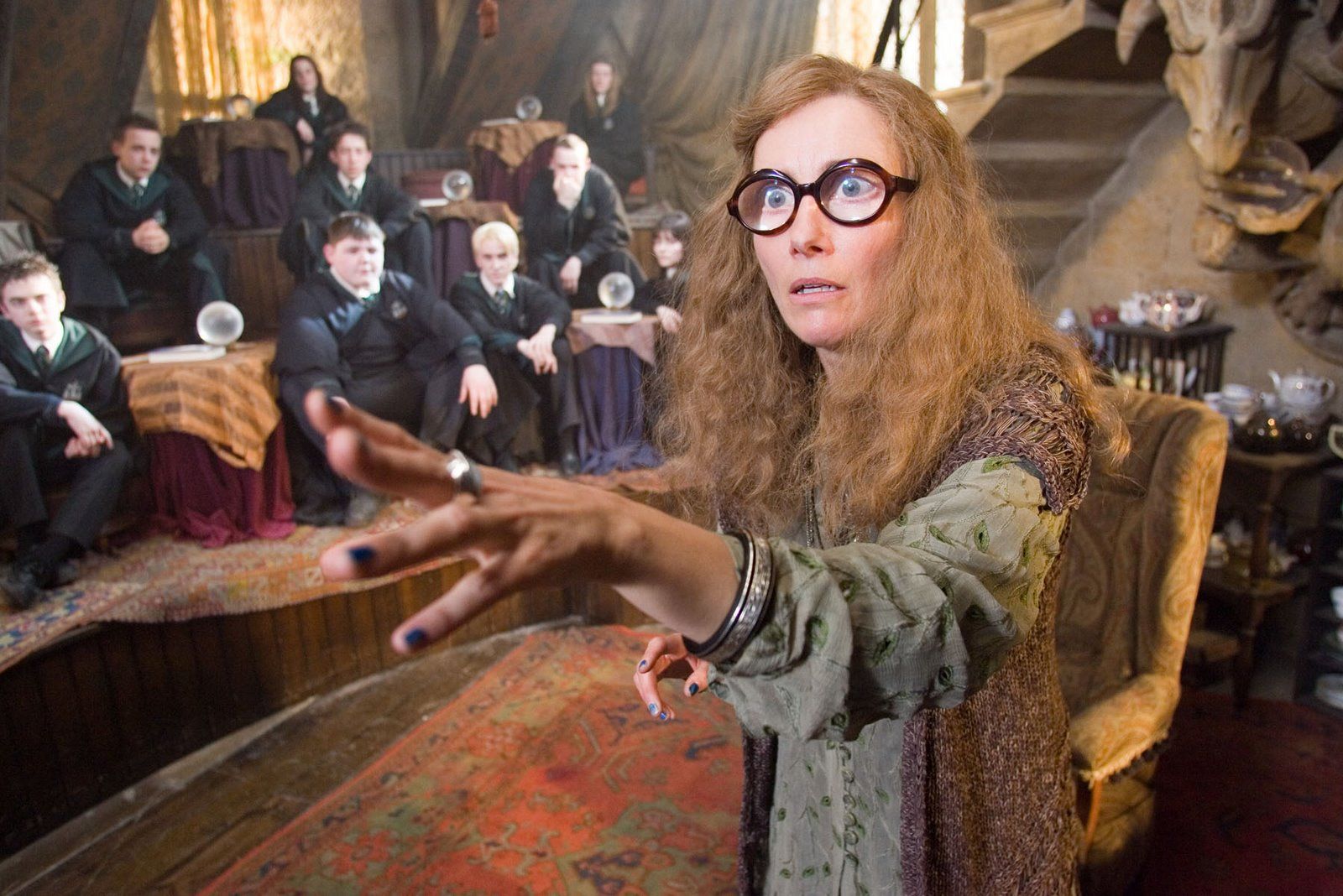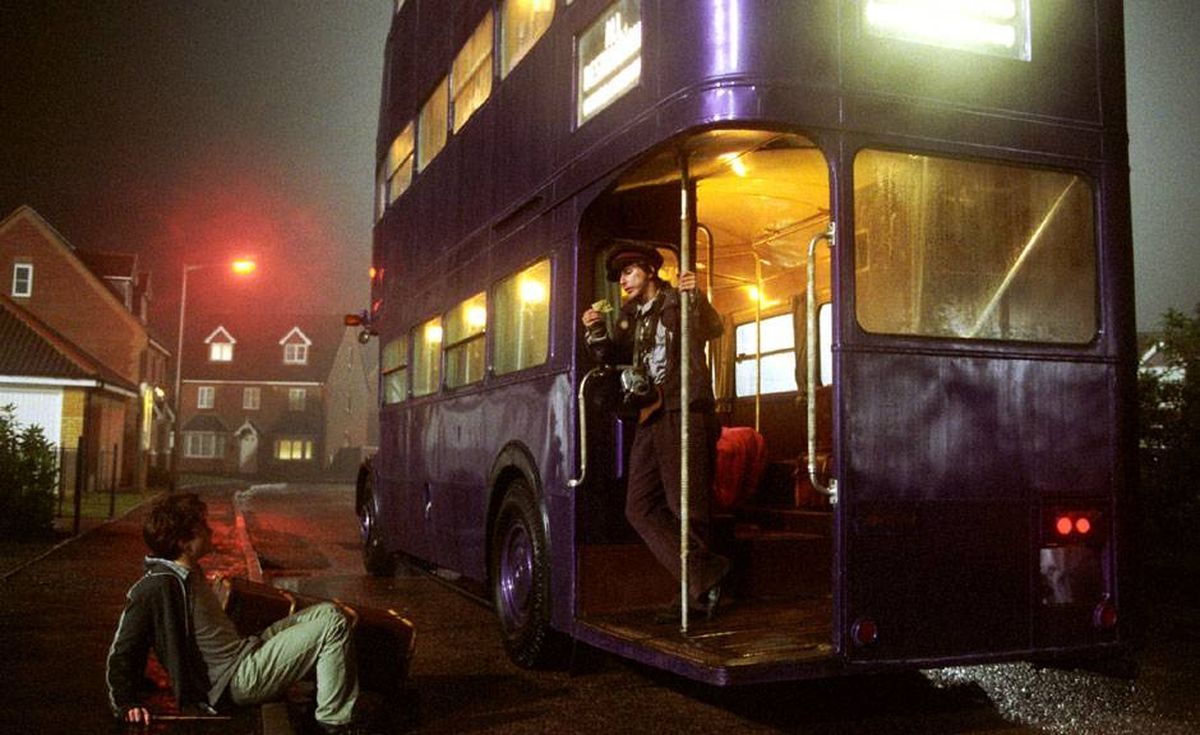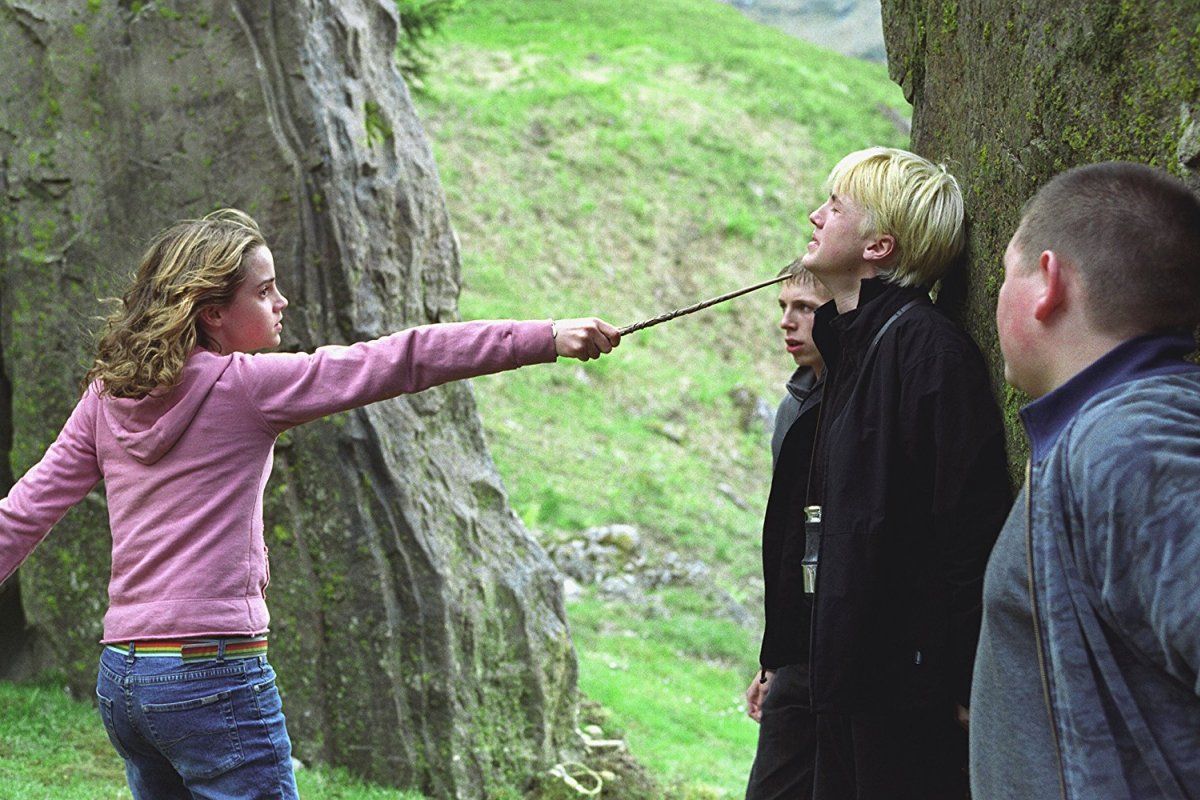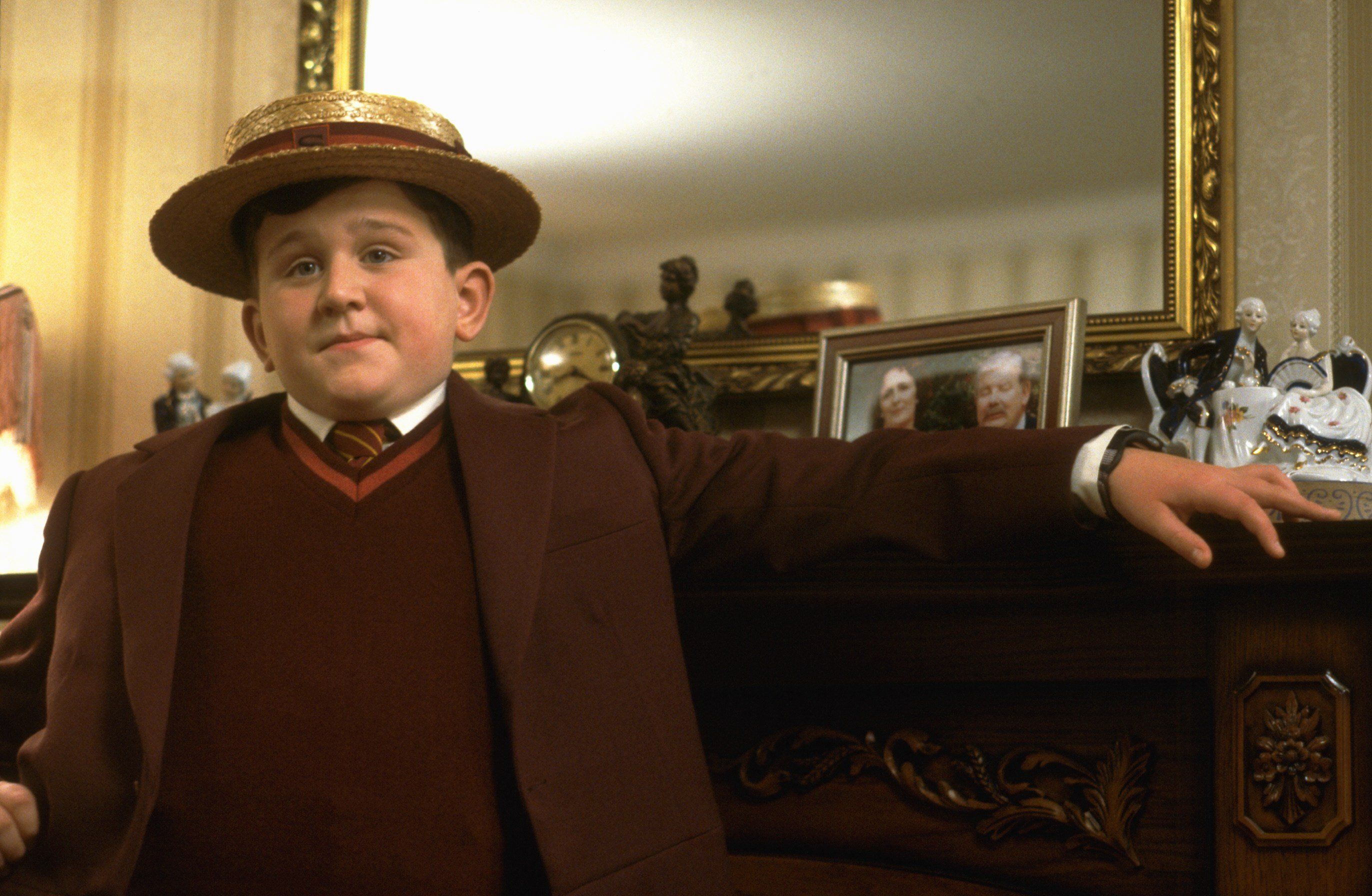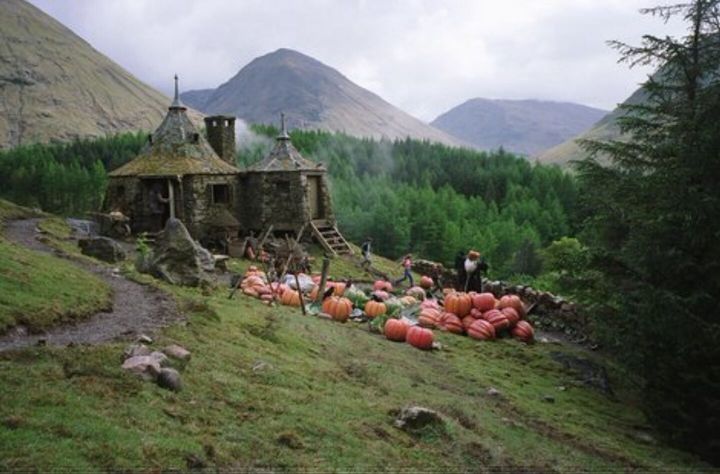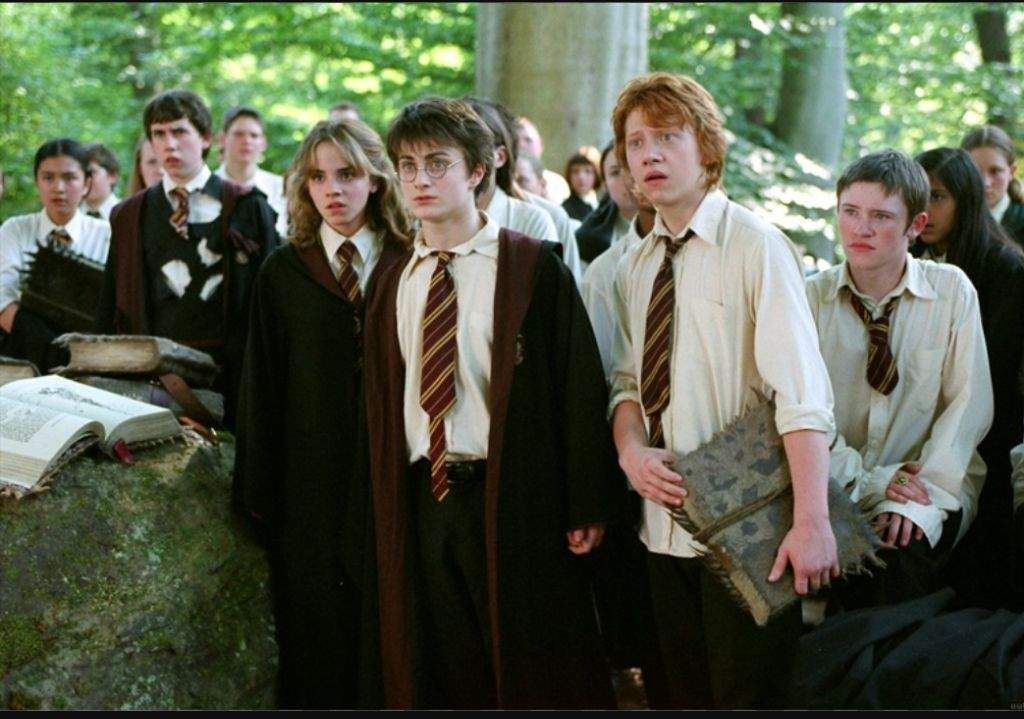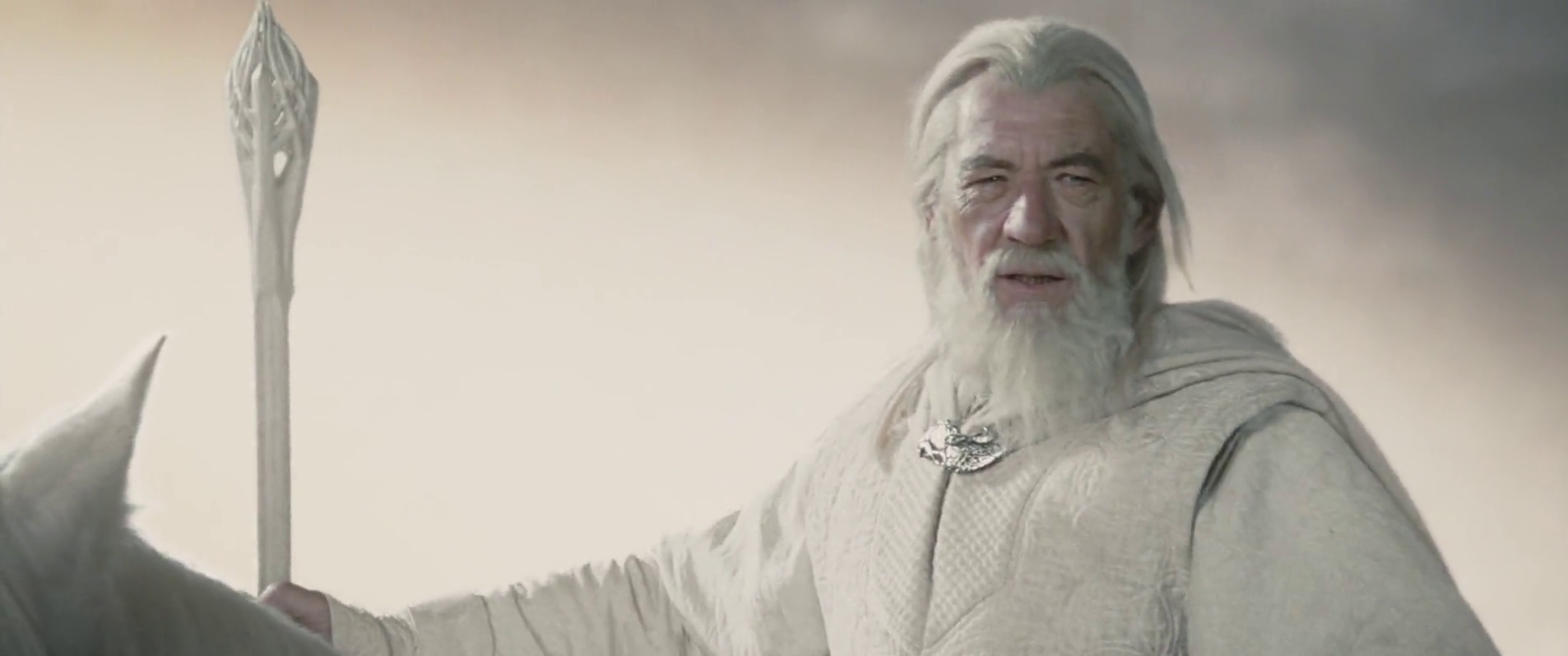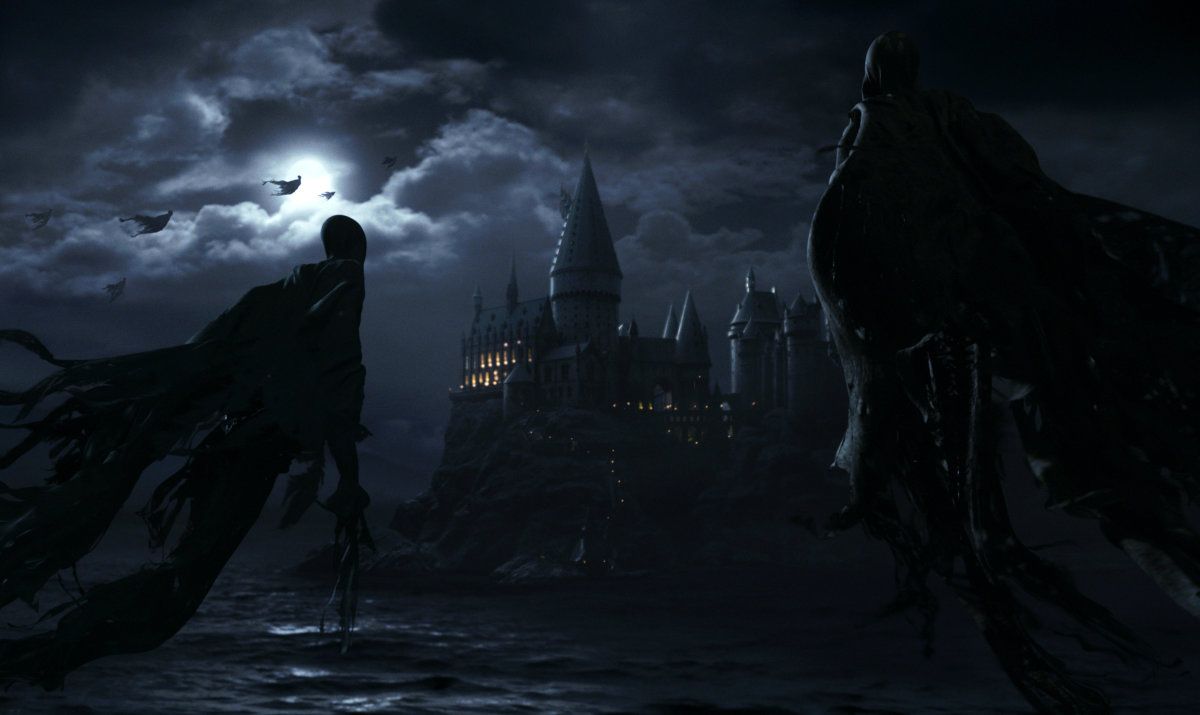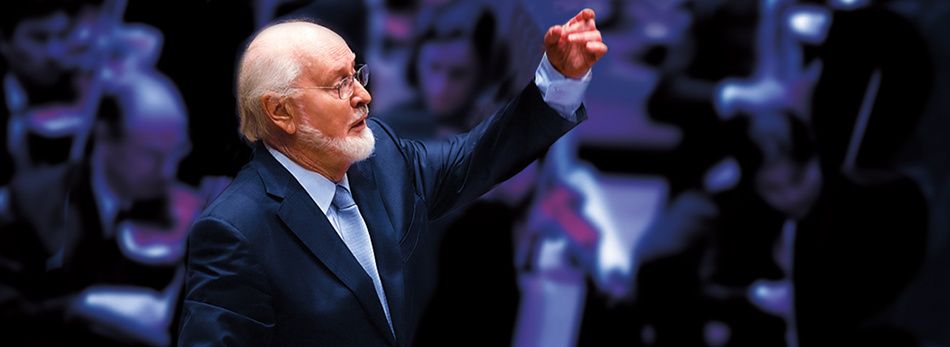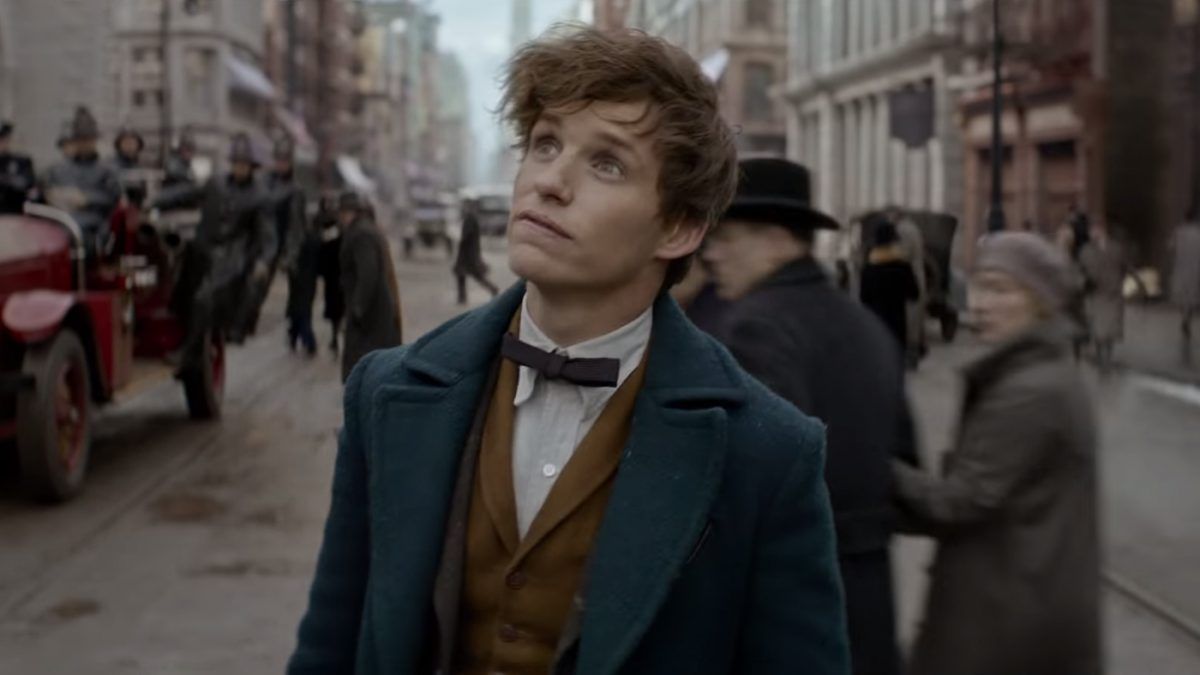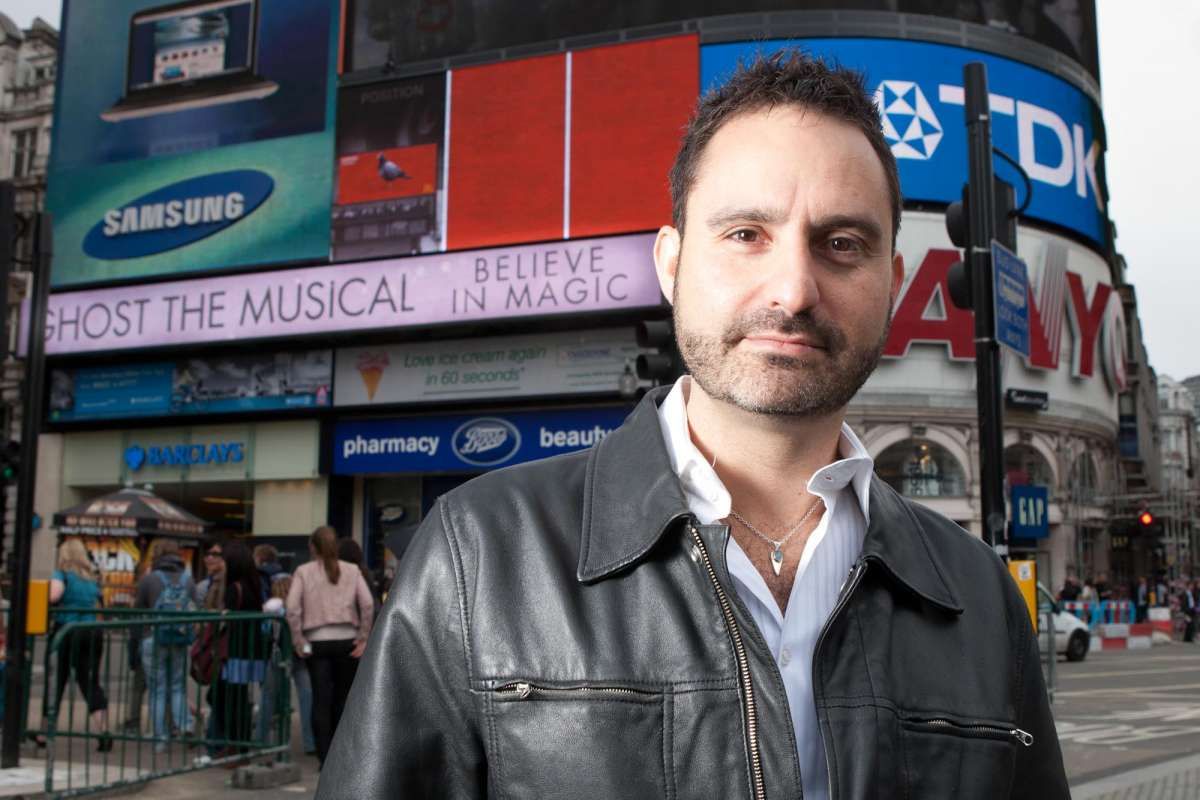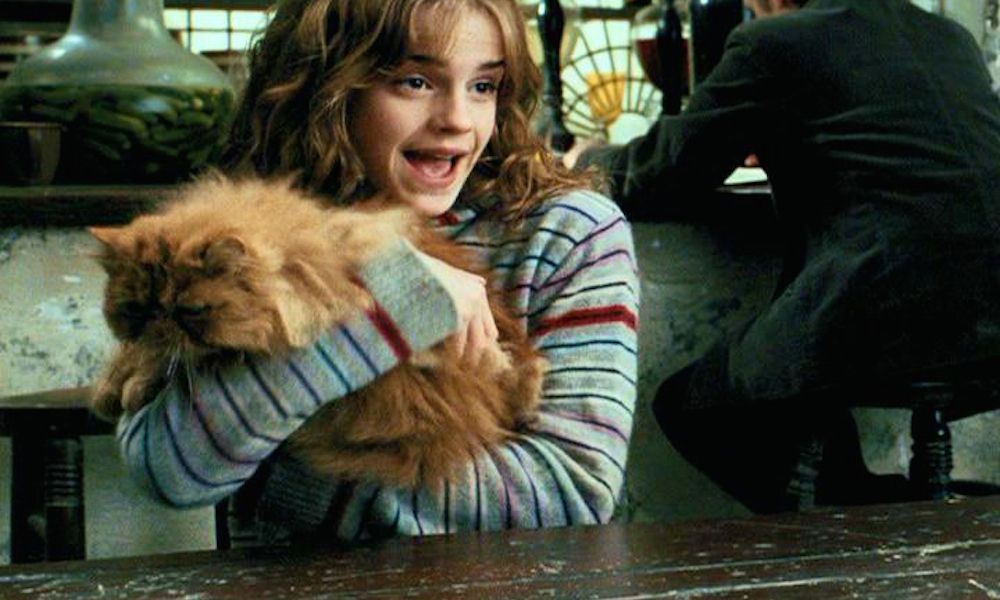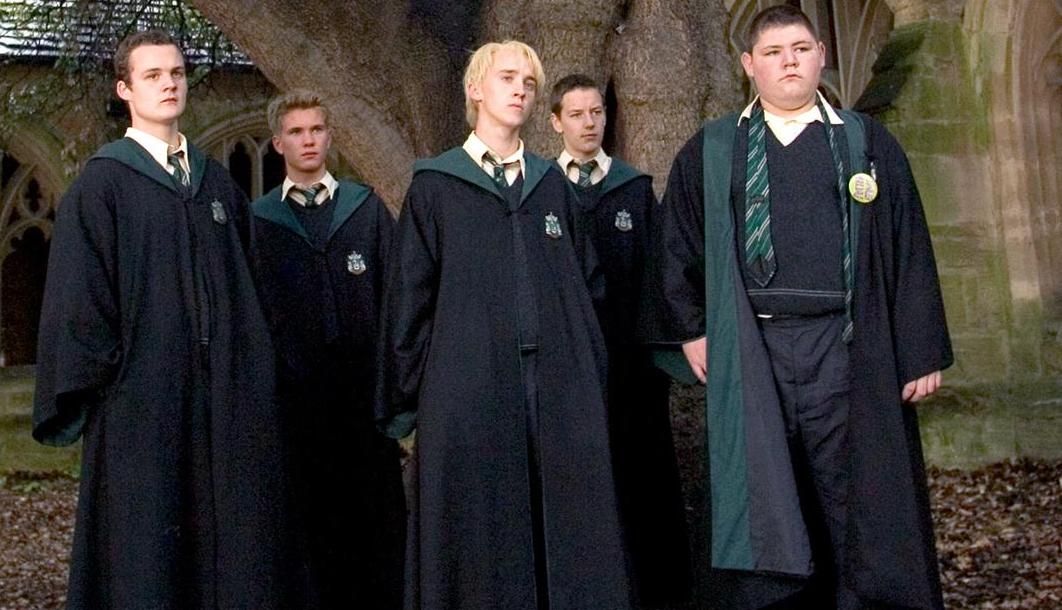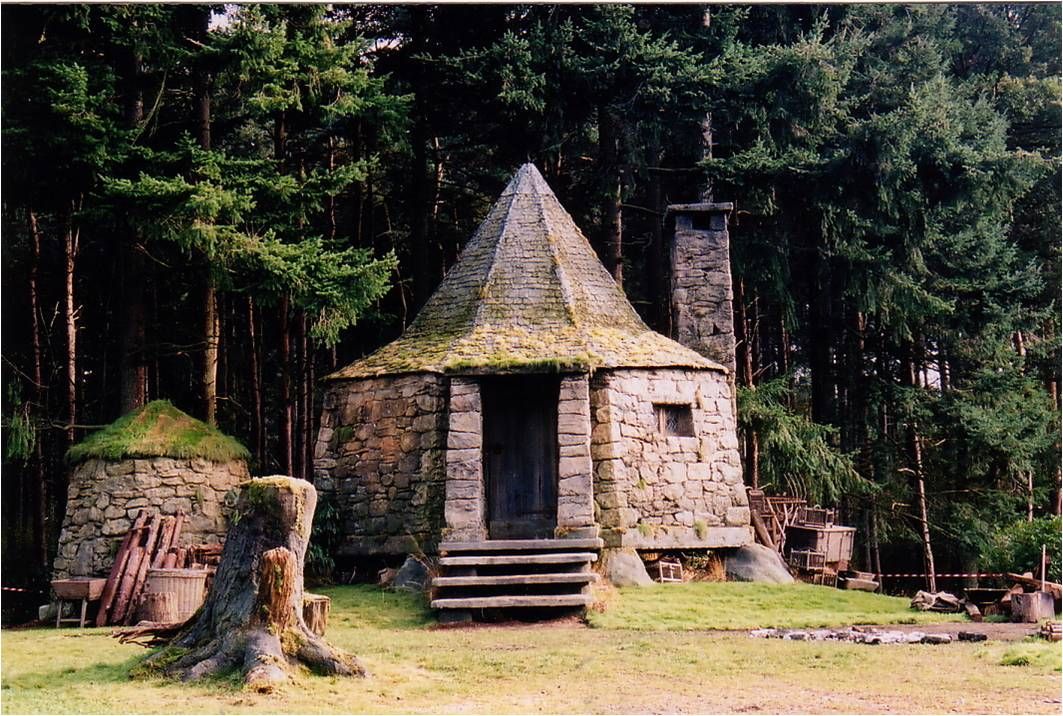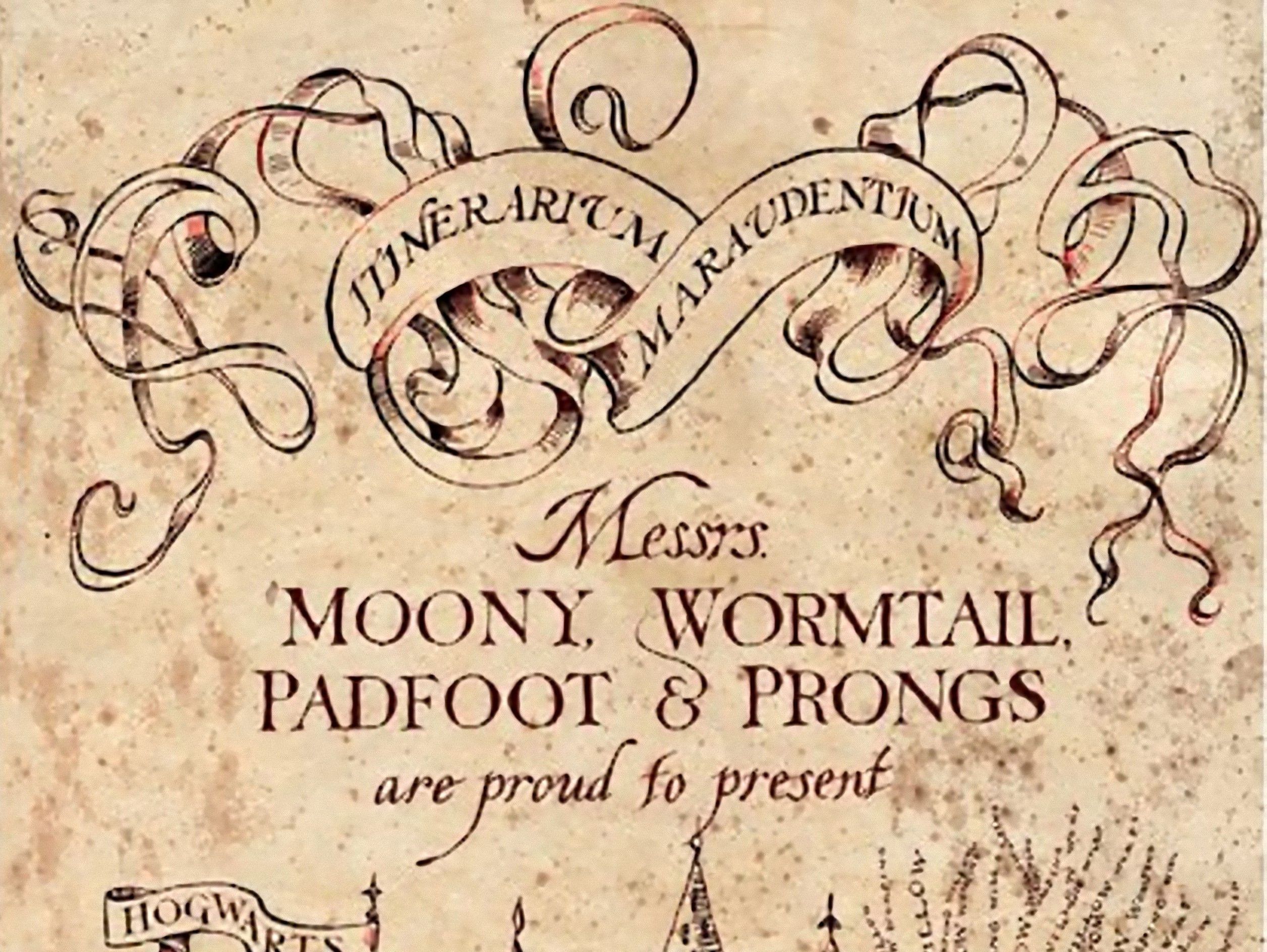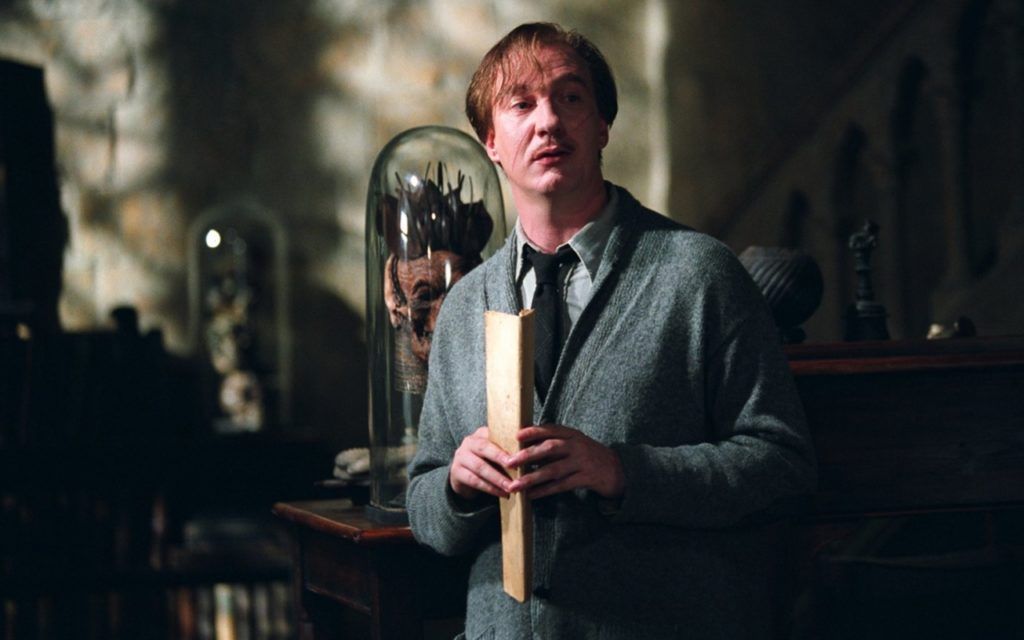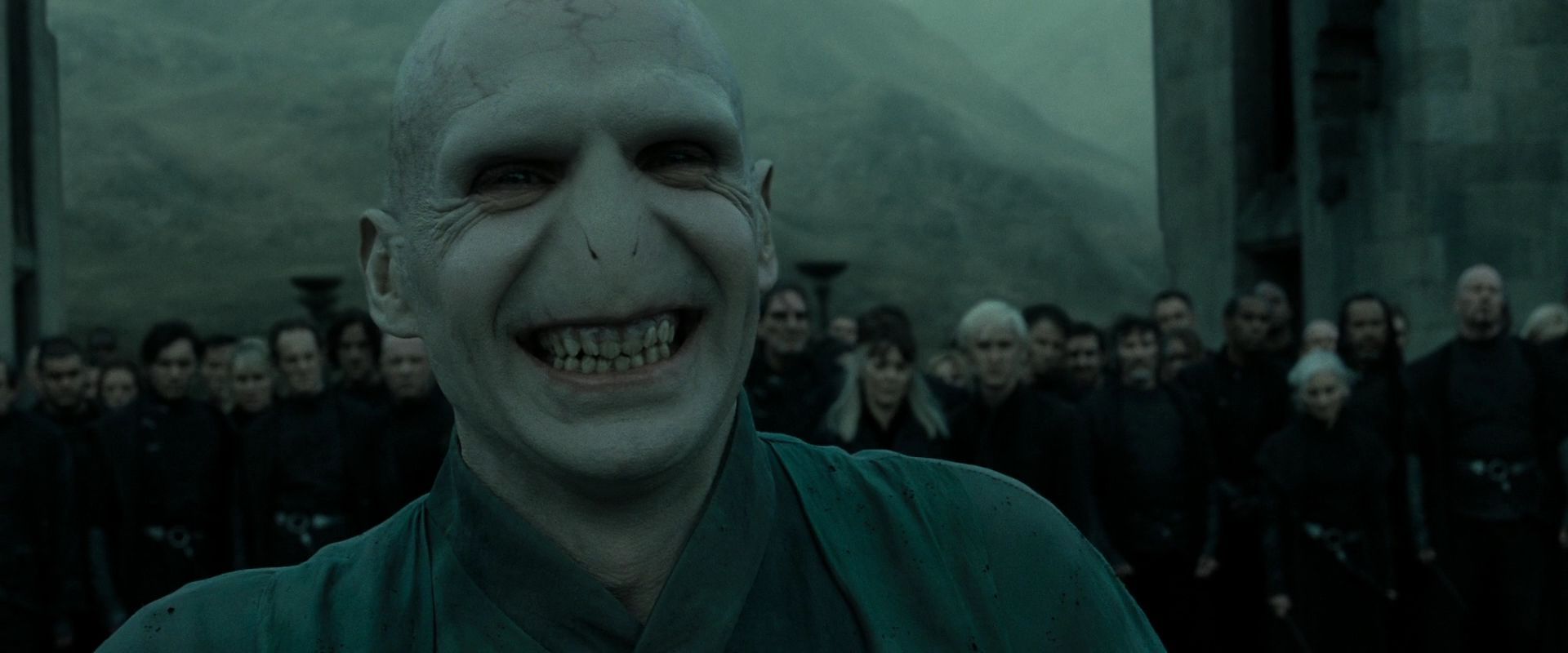The third addition to the Harry Potter franchise, The Prisoner of Azkaban is significantly darker and much more intense story-wise, and is widely remarked as the favorite of the films. Director Alfonso Cuaron established the tone and style of the world that these characters inhabit, which continued to future films.
Prisoner of Azkaban was the turning point of series, marking the point when our lead characters were going from adolescent to teenagers, and was the beginning of the films becoming much more intense in visual feel and subject matter. Harry Potter, along with Ron Weasley and Hermione Granger, transform from awkward and gangly, to tough and grown up. The beautiful intensity of the film is much attributed to cinematographer Michael Seresin working with Cuaron’s vision of the wizarding world, which continues in the rest of the films.
The fans of the series, known as Potterheads, are quite the smart bunch and you’ll be hard-pressed to stump them with trivia from their favorite franchise. Most Potter fans are known to be extremely detail-obsessed and can tell you about the smallest details in any of the films or books.
Harry Potter is one of the most beloved series in recent years, having been published in over 60 languages and sold more than 400 million copies worldwide. First published in June of 1999, this year marks the 19th anniversary of the first publication of Prisoner of Azkaban; in honor of the momentous occasion, here are 25 Secrets About Harry Potter and the Prisoner of Azkaban Only True Potterheads Know.
25 The Hidden Scene In The Credits
As a series primarily marketed toward children, you would be hard pressed to find any scenes rated higher than PG-13. However, in this film, there is a “blink and you miss it” scene between two characters. If you have a careful eye, you can find it. During the credits, there is a close up of the Marauder's Map. In the far left corner, there are two sets of footprints that can be seen in extreme proximity to each other. Director Alfonso Cuaron has said in interviews that it was meant as a “peck on the cheek” moment, meant as a little joke for the adults in the audience.
24 Buckbeak's Number 2
One challenge that the production team faced on set was how to make all the mythical creatures that are featured seem more real and believable. In order to make the mythical hippogriff Buckbeak seem more realistic, the special effects team decided to make the puppet go #2 during his first scene. One artist, Michael Eames, who worked on the film and helped bring many of the creatures to life, said that they were going for a ‘naturalistic’ approach when it came to Buckbeak. Which included having the hippogriff go on screen, Director Alfonso Cuaron thought it was quite hilarious and “perfectly fitting.”
23 Professor Lupin's Foreshadowing Name
When writing many of the characters, J.K. Rowling used their names as foreshadowing or to refer to major parts of their history. Professor Remus Lupin is no exception; his name foreshadows his character in two ways. His first name, Remus, comes from the Greek myth of Romulus and Remus; two infant boys that had been abandoned then were raised by a mother wolf as if they were puppies. Lupin can be translated from Latin to mean wolf. Both hint at the fact that he is revealed to be a werewolf later in the film.
22 Trelawney's Accidentally True Prediction
Professor Trelawney is notorious for her extremely inaccurate predictions, however, she makes one during this film that ends up coming true.
Known in the books as the second prophecy, Trelawney tells Harry that “the dark lord will rise again.”
Further on, she says that a servant that has been chained for twelve years will help him in this; this was later revealed to be Peter Pettigrew who had been in hiding as Ron’s rat Scabbers. She ultimately tells Harry that Voldemort and his longtime servant Peter Pettigrew will be reunited, that Voldemort will rise again and many people will be lost.
21 The Knight Bus Was Made To Look Fast By Practical Effects
Director Alfonso Cuaron wanted to make the film seem as realistic and concrete as possible and tried to avoid CGI and special effects whenever possible. During the Knight Bus scene, while driving through the streets of London, instead of relying entirely on computer effects the bus was driven at a normal speed while the cars around were driven extremely slowly. Afterward, the footage was sped up in post-production to achieve the effect that the bus was speeding through the streets.
20 The Malfoy Punch Was Real
Director Alfonso Cuaron originally meant the punch to be a slap, later changed to the punch and let actress Emma Watson punch Tom Felton as hard as she wanted, all without telling Felton about the change.
In an interview with Huffington Post, Felton admitted that he didn’t think that Watson would actually hit him.
He expected a fake stage slap and was right surprised when she delivered a wallop. Looks like Hermione (and Emma Watson) can really pack a punch!
19 Dudley Had To Wear A Fat Suit
The actor that played Harry’s bratty cousin Dudley Dursley, Harry Melling, had lost a lot of weight in between the second and third films and needed to be fitted for a fat suit. Having gone through coming-of-age and slimmed down quite a bit, Melling was almost unrecognizable and ended up almost being recast. However, the makeup effects team fitted him with various face prosthetics and a fat suit that was used for the duration of the series, allowing him to keep his job.
18 The Bats In Hagrid's Hut Are Real
In order to avoid the use of computer-generated effects, many of the animals seen on screen were real animals. Director Alfonso Cuaron wanted to avoid special effects and CGI as much as possible during filming, so he decided to use trained animals instead of computer generated ones. This included the bats that fly around inside of Hagrid’s hut. Daniel Radcliffe noted that “the bats liked to urinate everywhere” and were “particularly fond of bananas” as they required food rewards from the animal handlers in order to behave.
17 Students Had More Wardrobe Freedom
Cuaron wanted the characters to seem more real and three-dimensional, so he wanted the student extras to wear their uniforms however they wanted; some being sloppy and disheveled while others were clean and pressed. He, along with costume designer Jany Temine, also wanted the three leads to be distinguishable and more themselves so he let them wear more casual clothes. The wardrobe department gave each lead their own color palette to work with; bold blues for Harry, warm reds and browns for Ron, and feminine blues and pinks for Hermione.
16 Ian McKellen Was The First Choice To Replace Dumbledore
After the untimely passing away of Richard Harris, the first choice of replacement was Ian McKellen. However, McKellen, who had already been cast as Gandalf in the Lord of the Rings series, declined because he had already played a tall white-bearded wizard and that Harris would not have approved of the decision. Michael Gambon was later chosen to play the part of Dumbledore for the rest of the films. We think that he did a great job, but wonder what McKellen would have been like!
15 The Dementors Represent A Part Of Rowling
In interviews, series writer J.K. Rowling has explained that the dementors were inspired by the sadness she struggled with most of her life. As an advocate for those dealing with mental illness, she wanted to create a physical embodiment of the way she felt during her periods of sadness. In the films, the dementors are shrouded ghouls that suck the soul from you leaving you defenseless and can only be banished with a Patronus charm, which is a projection of a pure happiness.
14 Was The Last Film To Be Scored By John Williams
Williams had a huge part in establishing the tone of the films with his iconic music style, though he was unable to score the rest of the series citing ‘scheduling conflict’ as the reason. He has been credited with scoring the first three films, with Prisoner of Azkaban being his last. However, through the series, his song, Hedwig’s Theme, can be heard at various times, as well as small parts of his other songs being fit into the scores. The position was taken over by Patrick Doyle for the next film, famous for his work with Disney.
13 Newt Scamander Has A Small Cameo
Prisoner of Azkaban is the first time that Newt Scamander is mentioned on film, as he is the writer of Fantastic Beasts And Where To Find Them. Though he hadn’t been fleshed out as a full character until the writing of the Fantastic Beasts film, he had a small cameo in Prisoner of Azkaban. At least, his name does. During the ending credits when the Marauder’s Map is opened, you can see his name on screen for a split second. Many fans speculate that he is paying Dumbledore a visit, or it may just be a small easter egg that alludes to the future films.
12 A Professional Illusionist Was Hired As A Consultant
Another time Cuaron wanted to avoid CGI and instead use practical effects was during scenes featuring magic. In order to make the world seem more real for the audience, he brought professional illusionist Paul Kieve to act as a consultant on practical magic scenes. Kieve was also used as a consultant on Hugo and various TV shows. He even plays a small cameo at the beginning of the film, when Harry, Ron, and Hermione are at the Three Broomsticks Inn.
11 Three Different Cats Were Used For Crookshanks
Through the of screen part for Crookshanks was cut down substantially compared to the books, he is still a part of quite a few scenes in the movie.
Crookshanks the cat was actually three different cats, each orange Himalayan cats named Crackerjack, Prince, and Pumpkin.
During the course of filming, when the cats would shed their fur it was collected and made into dreadlock type clumps that were clipped back into the cats’ fur to make it look more ugly and ratty.
10 Gregory Goyle Was Mostly Absent In This Film
If you watch Prisoner of Azkaban, about halfway through there is a significant casting change. Usually on either side of Draco Malfoy was fellow Slytherins Crabbe and Goyle. They act as his henchmen and ‘muscle,’ though for much of Prisoner of Azkaban Goyle is nowhere to be found. He had been replaced by an original character, a boy named Pike for many scenes. The actor that plays Gregory Goyle had his part shortened significantly because he had injured his arm causing him to be unable to continue with filming.
9 Hagrid's Hut Was Moved Closer To The Hogwarts Castle
For the third film in the series, filming was moved to Scotland instead of England for many scenes. One major change was the placement, shape, and size of Hagrid’s hut on the Hogwarts land. The hut itself was placed much closer to the castle, as well as the shape being changed with an increase in size. Production designer Stuart Craig has remarked that this change is much closer to what he originally envisioned for the hut. You can visit the real-life hut in Glencoe, Scotland as well as a detailed replica in Universal Studios Florida.
8 The Map Misspelling Was On Purpose
At certain times in the film, there are close-ups of the cover of the Marauder’s Map, and some very meticulous fans have noticed a small error. On the front of the Marauder’s Map, it says “Messrs Mooney, Wormtail, Padfoot, and Prongs” which are the nicknames for each of the Marauders, Moony being the nickname for Remus Lupin (moon because he’s a werewolf). “Mooney” in the book is spelled “Moony,” but was changed for the film in honor of visual effects supervisor Karl Mooney as an inside joke.
7 The Chocolate That Lupin Gives Harry Has A Double Meaning
One of our early introductions to Professor Lupin involves him giving Harry a bar of chocolate after being attacked by dementors. This establishes him as another father-like figure to the viewer; he is caring and kind, while also being able to react to intense situations. The chocolate that he gives Harry has significant symbolism attached to it. As we find out later that he has a somewhat addiction to chocolate, and always has some on hand, ‘just in case,’ but this can also be attributed to the fact that he is a werewolf and chocolate is toxic to dogs.
6 The Only Movie Voldemort Doesn't Appear In
In spite of being the primary villain of the series, Voldemort is not featured at all during the course of the film. The emphasis of the film is more on the growing and changing of the three main characters as they battle with internal struggles instead of an outside force. Voldemort is still the overarching nemesis of the series, but Prisoner of Azkaban gives us a bit of a breather before the intense battles seen in the rest of the films afterward.

